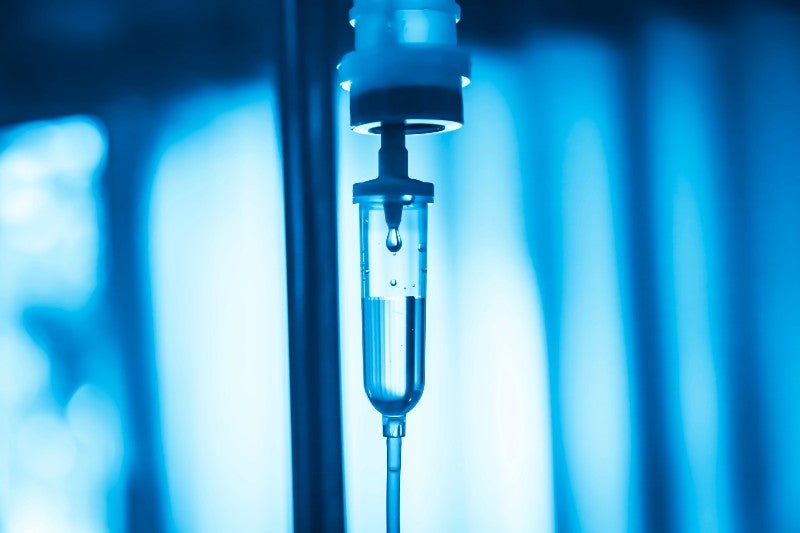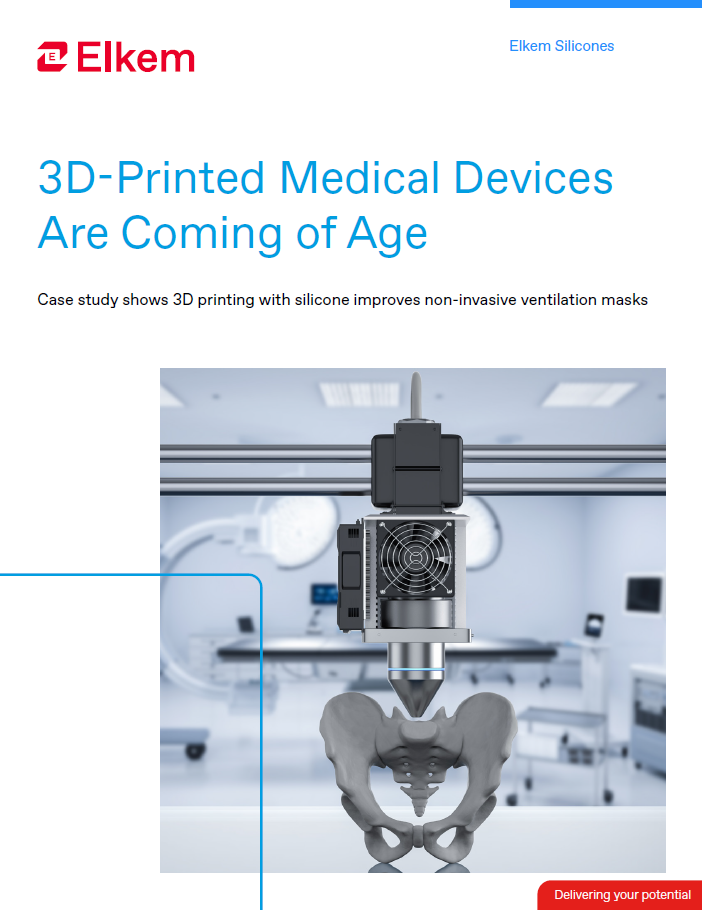
In the US, approximately 40 to 50 million major surgeries are performed every year. Globally, the number may be more than 300 million. While there are many specific categories of surgery representing individual physiological systems, many procedures fall into the large category of general surgery.
General surgery encompasses the treatment of conditions of the alimentary tract, digestive tract, endocrine system, and breast, skin and soft tissue. General surgeons are required to have a broad range of skills and knowledge, enabling them to deal with all kinds of elective and emergency procedures. Many of these are minimally invasive thanks to technological advancements in the field of laparoscopic (keyhole) surgery.
In serious cases, where the patient’s life may be at risk, small medical devices can remain implanted long-term to support healthy bodily functions such as blood circulation.
While each device or piece of medical technology (MedTech) looks vastly different from another, one thing many have in common is the use of one of the medical device industry’s most-loved materials: silicone. Over the past 50 years, silicone has been considered amongst the most high-performing and versatile MedTech materials and looks set to continue this path for another 50 more.
In response to the industry’s demand for high-quality silicone technologies suitable for the manufacturing of premium medical components and devices, Elkem Silicones developed the Silbione™ range of products – a line of medical-grade silicones supported by full biocompatibility testing. Within the Silbione™ family, medical device manufacturers can choose from liquid silicone rubber (LSR), high consistency rubber (HCR), adhesives, gels, lubricating fluids, and room temperature vulcanizing (RTV) elastomers.
To understand the role of these technologies in the development of a range of life-saving and life-sustaining devices, let’s consider four important examples.
1. Stents
Stents are small but mighty devices, designed to keep pathways such as blood vessels and airways open. Stents can be fabricated entirely from silicone, a design choice associated with easy repositioning/removal and lower body pain intensity. More commonly, stents are structured from metal or mesh fabrics and coated by LSR or HCR to provide corrosion resistance, improved strain resistance, and clot prevention.
Some recent stent designs offer drug-eluting properties, enabling them to release an antiproliferative or immunosuppressive drug over time via a polymeric matrix. Certain types of silicones can support these applications, enabling controlled and targeted drug release to promote blood flow, relieve chest pain, and help prevent plaque build-up.
2. Pacemakers
Pacemakers are small electrical devices implanted in the chest to help correct dangerously abnormal heart rhythms or chronic slow heartbeats. Pacemakers and other cardiac resynchronization devices are another example of life-saving medical implants where silicone materials play an important role.
As these complex devices are made from multiple components, silicone adhesives can be integral in sealing them together. Silicone has also been widely used to insulate pacemaker leads and to fabricate outer cases for electrical housing. Because the material is biocompatible, it works both ways to keep internal components safe from corrosive bodily fluids while keeping patients safe from contact with potentially toxic materials.
3. Medical tubing
Medical tubing can be found in most hospital rooms due to its presence in catheters, IV sets, feeding tubes, irrigation, draining, and respiratory applications. Silicone can be a great option due to its biocompatibility, chemical inertness, nontoxicity, flexibility, translucency, and lack of odour or taste.
Silicones are easily sterilizable via multiple methods, making them a safe option for a hospital setting. Many catheters and other types of tubing are single-use devices. In these applications, silicone’s ease of processing by extrusion or injection allows for efficient, cost-effective manufacturing at scale.
4. Medical valves (fluid management)
For many of the same reasons, silicone is widely used in the manufacturing of valves. An infusion set is a good example, as this vital piece of equipment is used to deliver blood, medicine, fluids, and nutrients to patients in the acute care setting.
A range of valve designs are used in infusion sets, including duckbill, umbrella, and flapper. One-way valves, also referred to as needle-free valves, are another key application for silicone. This design prevents the reverse flow of blood from a patient and is a safer option for caregivers due to the lack of needle.
Key takeaways
Overall, it’s fair to say that the amazing skills of medical professionals and the incredible advancements of medical devices have combined to change, lengthen, and save many, many lives. Medical-grade silicones have supported the development of a long list of medical devices, including many life-saving technologies like catheters, IV sets, and long-term implants.
With 65 years of experience and fully integrated silicone manufacturing infrastructure, Elkem Silicones is a partner of choice to the medical device industry, offering a comprehensive range of medical-grade products and the ability to customise solutions to individual client requirements.
To find out more about silicone technologies and how they are supporting developments in four innovative medical device trends, download the whitepaper below.



